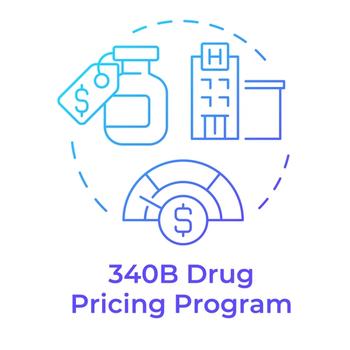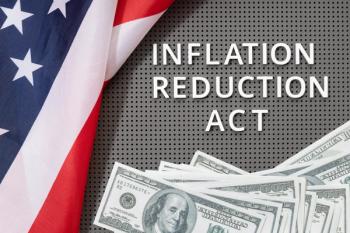
Analysis: IRA’s Out-of-Pocket Cap to Save Medicare Beneficiaries $7.4 Billion Annually
About 36% of Medicare Part D enrollees will benefit from the Inflation Reduction Act’s out-of-pocket caps for prescription drugs, which will go into effect in 2025.
The Inflation Reduction Act’s cap on out-of-pocket drug cost will save 18.7 million Medicare Part D enrollees about $400 per year, finds a new
“No one should go bankrupt trying to get and keep themself or their family healthy,” Centers for Medicare & Medicaid Services (CMS) Administrator Chiquita Brooks-LaSure, said in
The Inflation Reduction Act, signed by President Joseph Biden in August 2022, caps out-of-pocket spending for Medicare Part D at $2,000 beginning in 2025. In following years, the cap would be indexed to inflation.
Medicare Part D was implemented in 2006 and has grown to provide prescription drug coverage for 51 million Medicare enrollees in 2022. Before the passage of the Inflation Reduction Act, enrollees who entered the Part D catastrophic coverage phase of the Part D benefit and who did not receive the Low-Income Subsidy (LIS) paid the most in out-of-pocket costs — about $3,093 on average. Patients with certain health conditions and who take certain types of medications had the highest costs. Patients with cystic fibrosis, for example, had out-of-pocket costs of $9,522 per enrollee in the catastrophic coverage phase. Patients with metabolic and immune disorders had the second highest out-of-pocket costs: $7,900.
The ASPE analysis, which was led by Bisma Sayed, Ph.D., a health economist with HHS, took into account several provisions in the Inflation Reduction Act that related to out-of-pocket spending, including
- The $35 out-of-pocket cap on each month’s supply of covered insulin and elimination of deductibles for covered insulin, effective January 2023;
- Elimination of out-of-pocket costs for Advisory Committee on Immunization Practices (ACIP)-recommended adult vaccines covered under Part D, effective January 2023;
- Elimination of 5% coinsurance in the catastrophic coverage phase, effective January 2024;
- Elimination of the coverage gap phase and replacement of the Coverage Gap Discount Program with the new Manufacturer Discount Program, effective in 2025;
- A maximum out-of-pocket cap of $2,000, effective 2025.
The analysis focused on beneficiaries who did not receive the Low-Income Subsidy because they have higher out-of-pocket costs. But the analysis, researchers said, did into account for all Part D drug-related provisions in the Inflation Reduction Act, such as any potential impacts associated with negotiation of Part D drugs.
“Our savings estimates are conservative because they do not fully capture policy changes that are designed to reduce the cost of prescription drugs to the Medicare program and taxpayers,” the researchers wrote.
Newsletter
Get the latest industry news, event updates, and more from Managed healthcare Executive.





















































